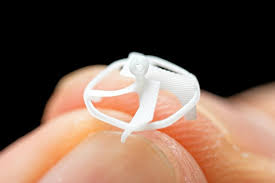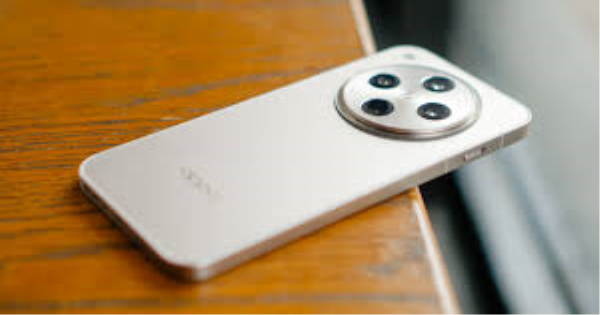In a groundbreaking achievement, scientists at the University of California, Berkeley have developed a wireless flying robot smaller than 1 centimeter, inspired by the flight mechanics of honeybees. This tiny robotic innovation marks a significant leap in micro-robotics, offering capabilities that surpass other robots of similar size.

Key Features of the Tiny Flying Robot
The robot, weighing just 21 milligrams, is equipped with:
-
Wireless control (no physical tether required)
-
Helicopter-like hovering ability
-
Directional maneuverability
-
Precision targeting for small objectives
Comparison with Other Micro-Robots
| Feature | UC Berkeley’s Robot | Other Micro-Robots |
|---|---|---|
| Size | <1 cm | Typically larger |
| Weight | 21 mg | Heavier |
| Wireless Control | Yes | Often wired |
| Hovering Ability | Yes | Limited |
| Targeting Precision | High | Lower accuracy |
How the Robot Works
1. Design & Structure
-
Inspired by honeybee flight mechanics
-
Features a small propeller-like mechanism resembling an aircraft’s rotor
-
Built using ultra-lightweight materials
2. Power & Control
-
Powered by a tiny onboard battery
-
Guided using an external magnetic field for precise movement
3. Technological Challenges
-
Miniaturization of components was a major hurdle
-
Energy efficiency had to be optimized for sustained flight
-
Wireless signal stability was crucial for control
Potential Applications
This breakthrough has numerous real-world applications, including:
-
Search & Rescue Missions – Navigating tight spaces in disaster zones
-
Environmental Monitoring – Tracking pollution or wildlife
-
Medical Field – Assisting in minimally invasive surgeries
-
Military & Surveillance – Covert reconnaissance operations
Future Developments
Researchers aim to:
✔ Improve battery life for extended missions
✔ Enhance autonomous navigation without external control
✔ Scale production for commercial & industrial use
The development of this sub-1cm wireless flying robot by UC Berkeley scientists is a remarkable milestone in robotics. With its unprecedented maneuverability and precision, this micro-drone could revolutionize industries ranging from healthcare to defense. As research progresses, we can expect even more advanced versions of this technology in the near future.
Key Takeaways (Bullet Points)
-
Size: Smaller than 1 cm
-
Weight: Only 21 mg
-
Control: Wireless via magnetic fields
-
Capabilities: Hovering, precise targeting, directional control
-
Applications: Medical, surveillance, environmental monitoring
Ilmkidunya
Top Contributors
Related Articles
Pakistan Announces Major IT Initiatives to Boost Digital Transformation and Investment
- Ilmkidunya
- 17/Apr/2025
Samsung Galaxy A56 Leads Trending Smartphones | Oppo Find X8 Ultra Enters Top 10
- Ilmkidunya
- 16/Apr/2025








.gif)


































